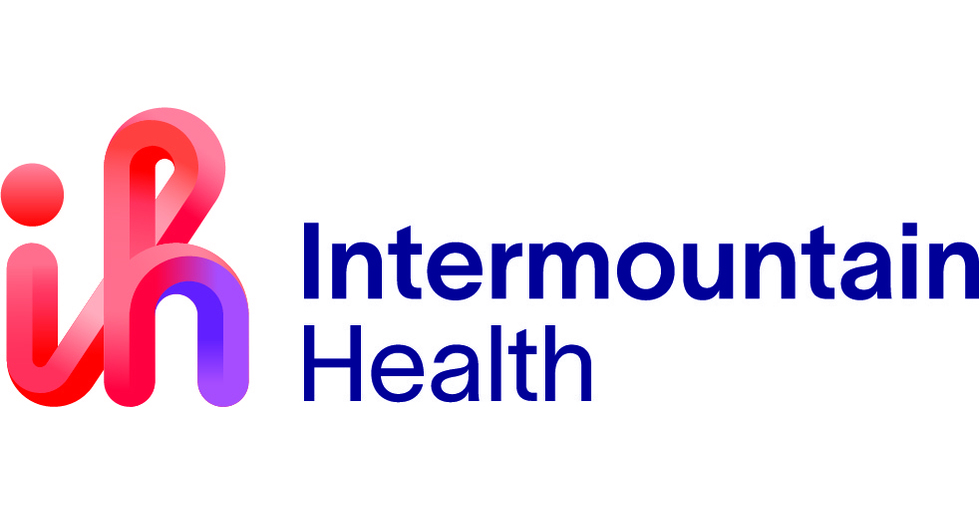How We Did IT
How Intermountain Health Increased Clinician Satisfaction with Citrix & Cerner Millenium

Infrastructure
Cerner Millenium
Challenge
Intermountain Health uses Goliath Technologies’ solution to identify reliability and response time issues in their organization and monitor those issues to improve the end-user EHR experience.
Solution
Program Goals
- Monitor EHR performance to help identify issues that are impacting end users in
real time
Organizational Outcomes
- 26% increase in agreement that the EHR is reliable
- 22% increase in agreement that the EHR has a fast system response time
Keys to Success
- The use of Goliath Technologies’ solution to constantly monitor difficult-to-find but easy-to-fix reliability and speed issues with the EHR
Results
What Intermountain Health and Goliath Technologies Did
Intermountain Health experienced a 26% jump in agreement that their EHR is reliable between their first measurement in June of 2019 and their second measurement in November of 2020. They also experienced a 22% increase in agreement that their EHR has a fast system response time, a 15% increase in agreement that their EHR vendor (Oracle) delivers well, and an 8% increase in agreement that their organization/IT delivers well.
Goliath Technologies can help healthcare organizations by providing software that will isolate and solve performance issues that impact EHR satisfaction. These identified issues are typically easy to fix but very difficult to find without added technology. Goliath also provides this software with a total cost of ownership that considers the financial constraints that many healthcare organizations face.
Intermountain started their journey with Goliath in March of 2019 after identifying their need to improve their overall EHR performance.
Intermountain needed to have as much data as possible on their EHR system’s performance, and they needed enough granularity to see individual end-user data, so they decided to select Goliath’s solution due to how robust the solution’s data was. Goliath’s solution provides about 20–30 more data points than other solutions. Goliath provides Intermountain with dashboard views that allow them to gain a more in-depth look at EHR performance on a real-time basis, and with constant monitoring, this type of visibility allows Intermountain to catch issues right away.
Previous research has shown how an EHR system’s reliability and response time or speed can impact perceptions of patient safety and overall EHR satisfaction. This research also informs us that some challenges with reliability and response time are tied to bigger infrastructure issues such as computers, monitors, workstations, or other IT equipment.
Intermountain relayed one story to us about a physician in a rural Intermountain clinic in Utah. This physician was complaining about issues with how her EHR was operating in the clinic. The system was taking about 20 minutes to even load up. After analyzing the physician’s data with Goliath, Intermountain noticed her connection wasn’t native to the clinic. It was coming from a different location. That location ended up being her house, where she did the majority of her charting after work. There ended up being infrastructure issues within her home network that she was able to fix.
When Intermountain first decided to use Goliath’s solution, it required a big lift from the organization due in part to the sheer size of Intermountain. It took about 18 months to get the solution’s functionality completely up and running. However, due to the effort Intermountain put in with Goliath before the go-live (Intermountain has Goliath’s gold-level support, which includes ad-hoc consulting and support), the transition was completely seamless and didn’t affect end users in any way. Intermountain and Goliath teams collaborated often during the implementation and the integration into Goliath’s enterprise data warehouse. This collaboration helped smooth out the integration process as well. Goliath’s main target during the implementation was Intermountain’s clinics as the clinics were citing more issues than other locations, mainly with internet connectivity and performance. Intermountain also use Goliath’s solution in their hospital locations. With the solution, Intermountain can monitor every Citrix connection they have through Oracle. Intermountain’s iCentra
integration technical team monitors the data, which can be seen on a dashboard and is viewable daily. Data will run in the background, and the solution will alarm the technical team when something is out of a benchmark.
In the future, Intermountain hopes Goliath can create and push live functionality to monitor single sign-on performance, as that feature is lacking now. Intermountain noted that their main takeaway from their partnership with Goliath is that issues are not always the EHR vendor’s problem, and they are not always the organization’s problem. Rather, there is a shared responsibility between the organization that has the EHR product and the vendor themselves.
